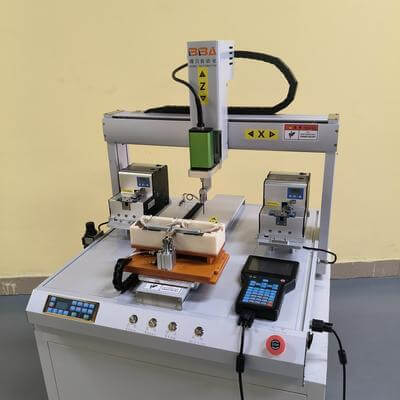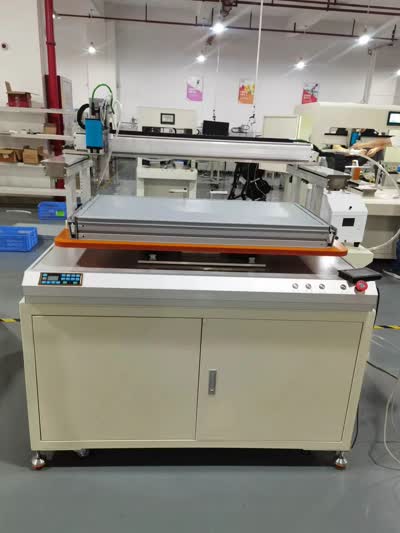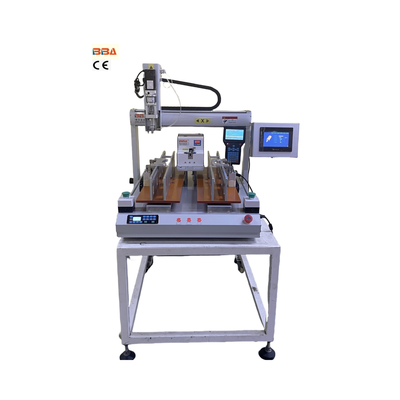Automatic Screw Feeding & Driving Unit Components | Industrial Automation
| Product Name | Applicable industries |
| Screw Locking Robot | Smart Wearables Production |

In the world of industrial automation, efficiency and precision are paramount. One of the key systems that embody these principles is the automatic screw feeding and driving unit. This sophisticated assembly is widely used in manufacturing and assembly lines to automate the process of picking, feeding, and driving screws into products or components. Understanding the core components of this system can help businesses appreciate its functionality and optimize its use in their operations.
At the heart of the system is the screw feeder. This component is responsible for storing a large quantity of screws and supplying them in an organized manner to the driving tool. Typically, the feeder uses vibrations or rotating mechanisms to align the screws correctly and transport them through a track or tube. The design ensures that screws are delivered one by one, oriented properly for the next stage. This eliminates manual handling, reduces errors, and significantly speeds up the process.
Connected to the feeder is the screw driving tool or head. This part picks up the screw from the end of the feeder track and positions it accurately over the target location. Using an electric, pneumatic, or servo motor, the tool rotates the screw and drives it into the workpiece with controlled torque and depth. Modern driving tools often include sensors to detect misfeeds, cross-threading, or other issues, ensuring high quality and consistency in the assembly process.
Another critical component is the controller unit. This electronic brain manages the entire operation, coordinating the feeder and the driving tool. It allows operators to set parameters such as torque, speed, and driving sequence. Advanced controllers can integrate with broader automation systems, providing real-time monitoring and data logging for predictive maintenance and quality assurance. The controller enhances flexibility, making it easy to adapt the system for different screw sizes or product designs.
The positioning system is also vital. In many applications, the automatic screw feeding and driving unit is mounted on a robotic arm or a multi-axis gantry to move precisely between driving points. This enables the system to handle complex patterns or multiple screws on a single workpiece without manual intervention. The positioning mechanism works in tandem with the controller to ensure accurate placement, further boosting productivity.
Lastly, the safety features cannot be overlooked. Guards, emergency stop buttons, and sensors protect operators and equipment from accidents. For instance, if the driving tool encounters an obstruction, the system may automatically halt to prevent damage. These features are essential for maintaining a safe working environment and minimizing downtime.
In summary, an automatic screw feeding and driving unit is a complex interplay of several components: the feeder, driving tool, controller, positioning system, and safety elements. Together, they create a reliable and efficient solution for automated assembly. By leveraging this technology, manufacturers can achieve higher throughput, improved product quality, and reduced labor costs, ultimately strengthening their competitive edge in the market.


